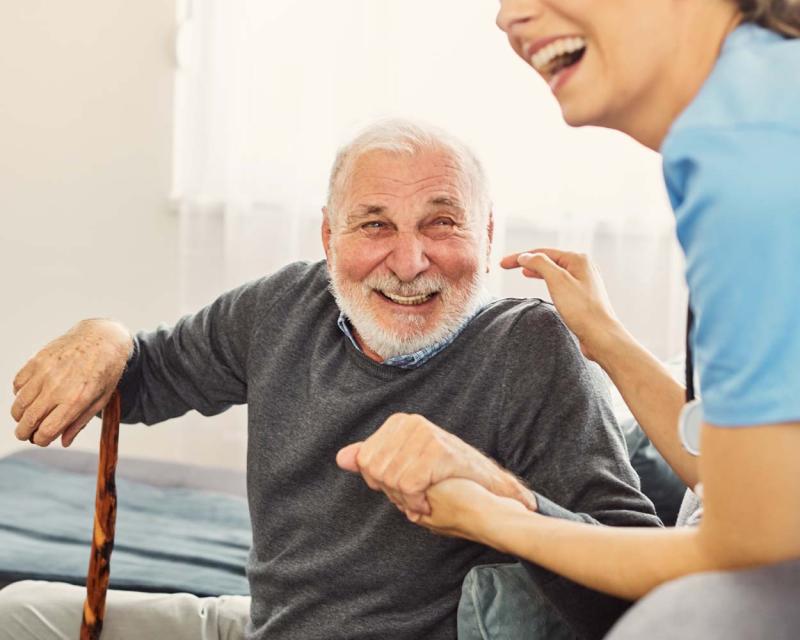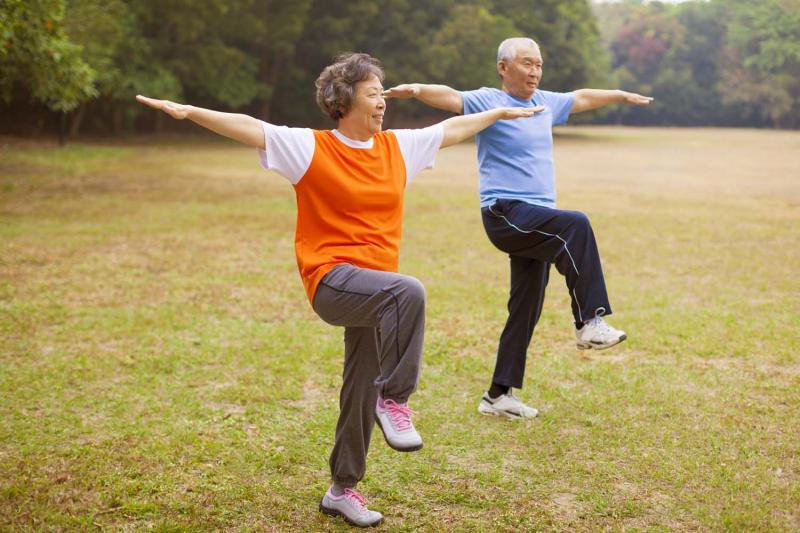Key points
- Preventing or reducing the incidence of falls amongst older people is complex. There is no one size fits all program that can effectively prevent or reduce falls, especially in high-risk populations such as older people.
- The design and implementation of programs to prevent accidental falls should consider the characteristics of the population, the setting, and the resources available.
The World Health Organisation (WHO) defines a fall as ‘an event which results in a person coming to rest inadvertently on the ground or floor or other lower level.’ [1] Older adults aged 60 years and over have the highest risk for falls. This is due to age-related physical changes which include muscle weakness, loss of balance, inability to recover balance, loss of vision, dizziness, cognitive impairment, and presence of comorbidities such as arthritis, foot problems, or Parkinson’s disease. [2] Depending on the severity, falls often result in significant injuries that can be fatal. The medical interventions and care required following a fall place significant financial pressure on healthcare systems, and therefore interventions to reduce the risk of falls are of high importance.
This evidence theme is a summary of one of the key topics identified by a scoping review of rehabilitation, reablement, and restorative care research. If you need more information on this topic, try using the PubMed search below.
We found two systematic reviews that discussed rehabilitation strategies to address falls in aged care. Both reviews investigated multi-component programs. [3,4] One specifically focused on the physical and cognitive elements of rehabilitation for cognitively impaired older adults. [3] The other focused on physical activity programs provided in residential aged care facilities which included modified Tai Chi, balance workstations, lower limb strengthening exercises, indoor walking circuits, and upper limb functional activities. The program also provided falls prevention education, medication management, and community services. These interventions were compared with a home-based program focused on functional activities such as walking and activities of daily living. [4]
The reviews identified that:
- Multi-component rehabilitation interventions consisting of physical and cognitive elements did not reduce the number of falls over a 12-month period when compared with placebo motor training for older people with mild cognitive problems using aged care. [5]
- Interventions that included falls prevention education reduced the number of falls for older adults with high falls risk compared with in-home programs. [6]
You might contribute to reducing the risk of falls for older people by:
- Being familiar with the guidelines for preventing falls in Australian residential aged care by the Australian Commission on Safety and Quality in Healthcare.
- Ensuring there are regular assessments of the fall risks of everyone in your care.
- Identifying appropriate targeted strategies to address the occurrence of falls, such as removing in-home trip hazards.
- Discussing fall risks with older adults to increase their awareness.
Organisations can support falls prevention strategies for older people in aged care by:
- Implementing a falls prevention education program contextualised to their setting.
- Providing resources or access to fall prevention training programs to facilitate successful implementation of the programs.
- Highlight the importance of the surrounding environments to prevent falls for older adults across all settings.
- World Health Organisation. Falls [Internet]. Geneva: WHO; 2021 [cited 2023 Jun 30]. Available from: https://www.who.int/news-room/fact-sheets/detail/falls
- Ambrose AF, Paul G, Hausdorff JM. Risk factors for falls among older adults: A review of the literature. Maturitas. 2013;75(1):51-61.
- Booth V, Hood V, Kearney F. Interventions incorporating physical and cognitive elements to reduce falls risk in cognitively impaired older adults: A systematic review. JBI Database System Rev Implement Rep. 2016;14(5):110-35.
- Sims-Gould J, Tong CE, Wallis-Mayer L, Ashe MC. Reablement, reactivation, rehabilitation and restorative interventions with older adults in receipt of home care: A systematic review. J Am Med Dir Assoc. 2017;18(8):653-63.
- Zieschang T, Schwenk M, Oster P, Hauer K. Sustainability of motor training effects in older people with dementia. J Alzheimers Dis. 2013;34:191-202.
- Comans TA, Brauer SG, Haines TP. Randomized trial of domiciliary versus center-based rehabilitation: Which is more effective in reducing falls and improving quality of life in older fallers? J Gerontol A Biol Sci Med Sci. 2010;65A(6):672-9.
Connect to PubMed evidence
This PubMed topic search is limited to home care and residential aged care settings. You can choose to view all citations or citations to articles available free of charge.

